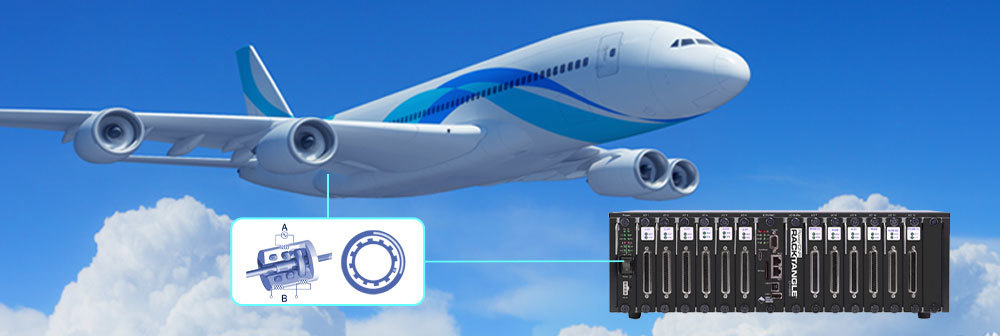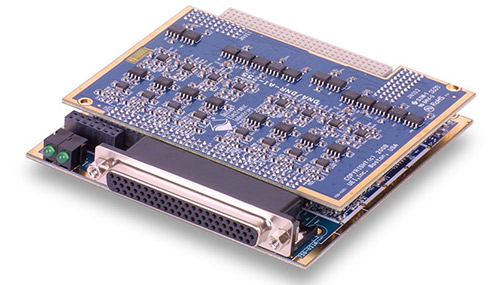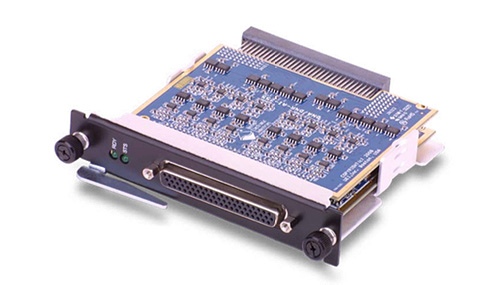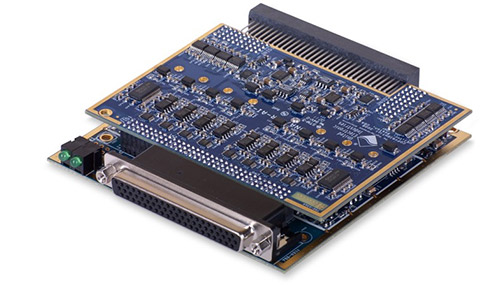Get in Touch
General
(508) 921-4600
Email Sales
Email Support
UEI Europe Office
+49 40 63698136
Email EU Sales
Visit this page for local offices and distributors.
Synchro/Resolver: Measurement or Simulation


Operate as a synchro/resolver input interface or simulation output

Internal/external excitation input configurability

Program in LabView, C/C++, C#, Simulink, and more

Rugged environment ready, -40º C to 85º C operating range
A Few of Our Amazing Customers

Synchro/Resolver Simulators and Controllers
They can be used to create virtual environments to test and verify integrated aerospace components and software. Decrease development time with the ability to design in parallel. | UEI hardware is built to withstand harsh environments. It is rated to 100G shock and 5G of vibrations. It has been trusted by many companies in their engine testing needs. |
| Simulator | |
|---|---|
Whether flight tests or simulators, the simulated output stimulus may be used as a software-controlled input stimulus. In addition, UEI reduces wiring needed by utilizing ethernet for communications. | Monitor your synchro/resolver application with our programmable automated control (UEIPAC). This allows you to remotely monitor your system without having to have a host system. |
| Synchro Resolver to Digital Converter Boards | Synchro Resolver Angle Indicator
|
|---|---|
UEI’s DNx-AI-255/256 are ideal Synchro/Resolver to Digital Converter Board solutions. We take the input from a synchro/resolver, process it so our system can recognize what position the synchro/resolver is in, then you can store this data or use it within your application. | UEI provides the tools to simulate, monitor, and control angle indicator applications. Changes move the rotor to a different angle, and the output of the synchro/resolver will change. Even if the system power is turned off and back on again, the synchro/resolver will still output the right angle. |
Synchro/Resolver Interface Products
 | The DNx-AI-255 Synchro/Resolver I/O board features:
|
 | The DNx-AI-255-815 Synchro/Resolver I/O board features:
|
 | The DNx-AI-256 High Output Drive Synchro/Resolver/LVDT/RVDT board features:
|
Synchro/Resolver FAQ
What’s the difference between synchro and resolver?
Synchro: Transducer that uses a transformer whose primary-to-secondary coupling may be altered by changing the relative orientation of the two windings. Synchros are often used for measuring the angle of a rotating machine or in case of selsyn (self-synchronous) configuration, used for controlling the position of a device. In its general physical construction, it is much like an electric motor. The primary winding of the transformer, fixed to the rotor, is excited by an alternating current causes voltages to appear between the Y-connected secondary windings fixed spatially at 120 degrees to each other on the stator. The voltages are measured and used to determine the angle of the rotor relative to the stator.
Resolver: Type of rotary electrical transformer used for measuring degrees of rotation. The name resolver comes from resolving an angular input in to its x and y components. It is considered an analog device and has digital counterparts such as the digital resolver, rotary (pulse) encoder.
What are some Synchro/Resolver Applications?
Typical Synchro/Resolver Applications can include:
- Position of a flap on an aircraft wing
- Control stick of a helicopter
- Turret position of a military tank
- Throttle position of an aircraft
- Orientation of an antenna platform
I’m looking for some synchro-resolver fundamentals.
Check out our Synchro Resolver tutorial.
